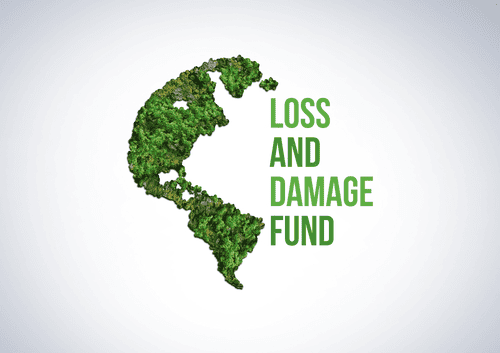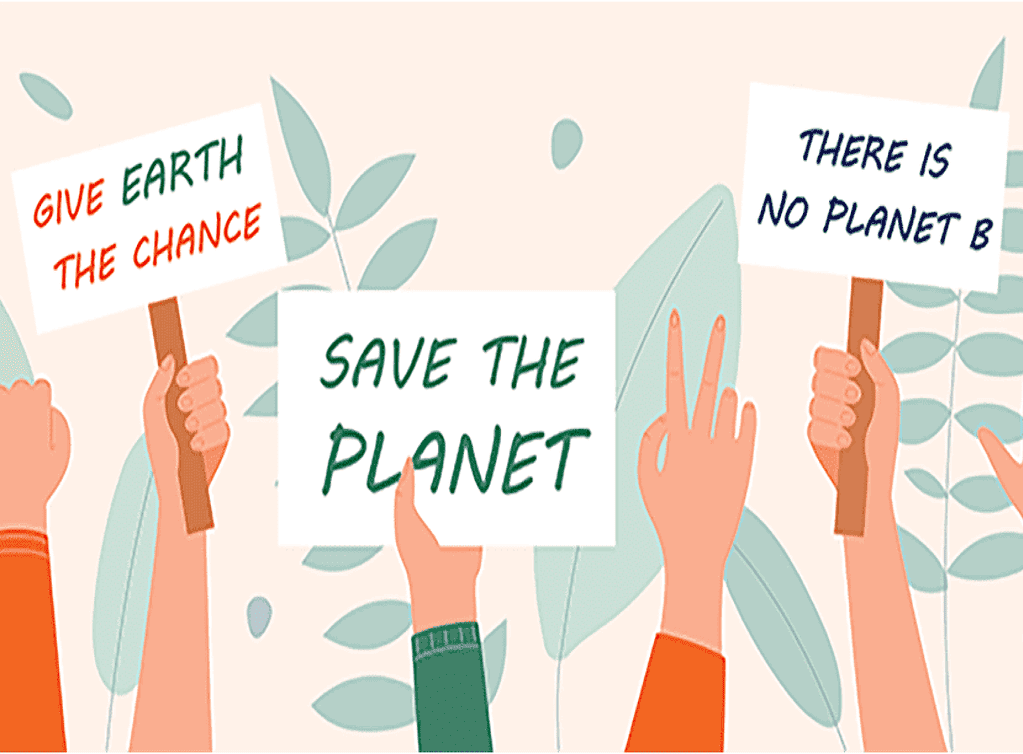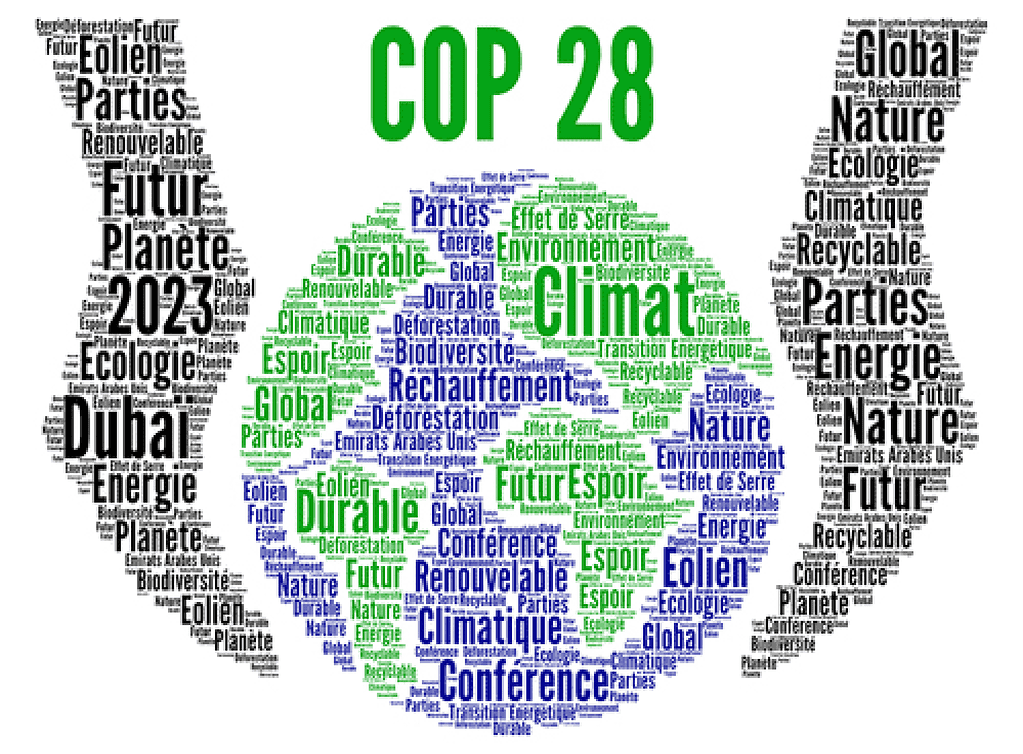Following the historic COP27 in Sharm El-Sheikh, Dr Dalia Abdel Kader, CIB Egypt’s Chief Sustainability Officer, discusses significant outcomes that raise the bar for COP28 in Dubai.

Global Finance: The Loss & Damage agreement is a major milestone in global climate policy – how did it materialize at COP27?

Chief Sustainability Officer of Commercial International Bank (CIB)
Dalia Abdel Kader: After decades of multilateral climate talks, developed countries finally officially acknowledged the concept of “loss and damage” at COP27.
For over a century, prosperous economies exacted an enormous environmental toll that triggered the climate crisis. Vulnerable developing nations contributed least to our climate crisis but are disproportionately affected and lack resources to adapt. Nations like East Africa, where approximately 40 million people are experiencing climate-induced hunger, critically need loss and damage funds.
Earlier attempts by the Alliance of Small Island States to address loss and damage were dismissed by high-income countries, especially the U.S. and the E.U. At COP25 Madrid, the G77 group of developing countries, including China, moved to establish the Loss & Damage fund but the Santiago Network for Loss and Damage was established instead, providing research and technical assistance. The Loss & Damage fund was shelved again at COP26 Glasgow.
COP27 demonstrated the power of well-organized climate-vulnerable nations pursuing collective, purposeful action for climate justice.
GF: Why were climate-vulnerable nations effective at COP27?
DAK: Africa and other developing nations were core actors at COP27; the Loss & Damage fund materialized through their efforts to drive mitigation, adaptation and financing.
Climate change knows no boundaries. Recent extreme weather events hit both developed and developing economies: typhoons, cyclones and floods caused trillions of dollars in loss and damage in the U.S. and Europe.
Developed economies realize they are not immune to climate change’s impacts and must take responsibility.
GF: What is the expected impact of the Loss & Damage agreement?
DAK: The Loss & Damage fund is more than compensation for vulnerable countries: it is a vital global commitment to repair the planet’s ecosystem.
A channel for rich nations to redress past environmental damage, the Loss & Damage fund will close an estimated $600 billion adaptation gap and help developing countries leapfrog to renewable energy, decarbonise, restore resources and nourish biodiversity.
The Loss & Damage fund is expected to be operational at COP28, with contributions from international financial institutions in developed countries.
GF: What are other significant outcomes from COP27?
DAK: COP27 witnessed unprecedented engagement by civil society, corporates, NGOs, academia, entrepreneurs and international organizations in the global climate agenda. The Green Zone and Innovation Hub were buzzing with substance and innovation. Youths were active partners creating climate solutions. Private sector engagement in COPs brings much-needed vitality and fresh ideas, parallel to the work of official delegates and negotiators,
With decarbonisation topping the COP27 agenda, Mitigation initiatives stayed afloat, despite the geopolitical crisis triggered by the Russian Ukrainian war and the ensuing energy crisis. A mitigation work program running until 2026 was launched. Governments were charged with strengthening 2030 climate plan targets this year and accelerating efforts to phase out fossil fuel subsidies and reduce coal power.
COP27 also advanced notable Climate Adaptation efforts, including the Sharm El-Sheikh Adaptation Agenda focused on 30 global adaptation outcomes targeted for 2030.
COP27 also delineated the relationship between Climate and Biodiversity, emphasizing nature-based solutions (NBS) for ecosystem restoration. The Enact Initiative for Nature-based Solutions, coordinating global NBS efforts to address climate change, land and ecosystem degradation, and biodiversity loss, is a significant development for NBS globally.
GF: How are banks like CIB helping countries transition to environmentally sustainable economies?
DAK: Sustainable finance is a powerful accelerator for creating a climate-resilient world. There is a strong business case for sustainable finance, and banks in developing countries have a critical role in driving system transformation toward sustainable development.
CIB embraced sustainability in 2015 and integrated ESG pillars across our organization to pursue business growth. CIB’s participation in COP27 showcased our sustainability thought leadership, progressive business practices and financial innovation.
After COP27, we committed to accelerating sustainability transitions for clients, peers and community. In addition to innovating sustainable finance instruments, we are giving clients audits to develop carbon-emission reduction solutions; CIB’s flagship Sustaining Sectors initiative promotes decarbonisation; our new Brain Trust Program facilitates agriculture and water adaptation projects; CIB Sustainable Finance Academy will provide sustainability education for professionals at Arab and African banks; and our ESG Data Digitization program will track banks’ sustainability performance.
GF: What’s on the agenda for COP28 in United Arab Emirates?
DAK: Primary objectives for COP28 are ensuring the Loss & Damage Fund is funded and operational, and taking stock of Paris Agreement implementation to assess whether global emission-reduction pledges can achieve temperature goals.
COP28 in Dubai can raise the bar for climate action empowering developing economies, while consecutive COPs in the Arab region will ensure continued advocacy for vulnerable countries.
Non-state actors will also remain front and centre in driving unconventional approaches to climate stalemates, and I expect COP28 will champion their contributions.
Sponsored by:

RACE TO ZERO PARTNER SERIES


